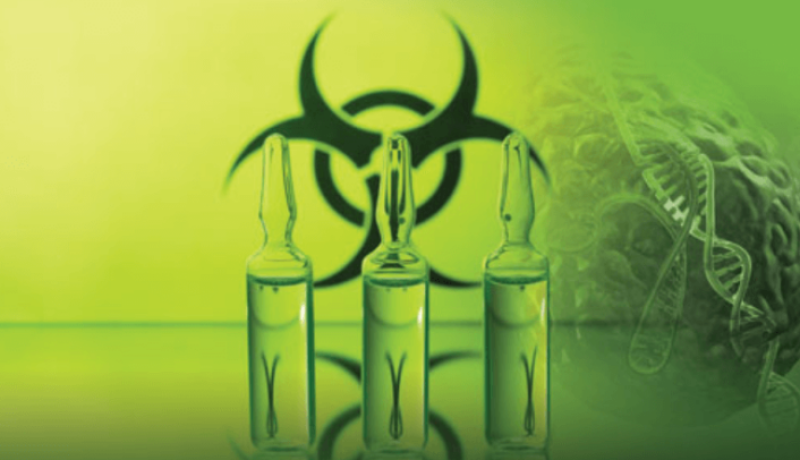Evolution is Kevin Esvelt’s passion: how it works in nature, how we can direct it, and how it can go wrong. At Harvard’s Wyss Institute in 2013, Esvelt came up with the idea of using the new gene-editing tool CRISPR to streamline the process of implementing “gene drives“ in species.
CRISPR was not only more precise than previous gene-editing tools; it was comparatively easy to use. Which meant that Esvelt had just inadvertently opened the door to gene drive uses that could have catastrophic consequences, whether intended or otherwise.
That realization took Esvelt’s career in a different direction. The man who had helped devise what could potentially be one of the most far-reaching applications of genetic engineering became obsessed with exploring the dark side of his field. He noticed, as he never had before, that much of the most important research in his field was carried out in near-secrecy. There was no easy way to know if a scientist was doing something potentially risky until they had published their work, by which time it might be too late.
Beyond raising awareness about the potential risks of gene drives — and ensuring that his own work in the field included public discussions about those risks — Esvelt became increasingly active in biosecurity. He argues that as it becomes easier and easier to modify or synthesize potentially dangerous viruses in a lab, we can no longer count on the good intentions of scientists to save us. We needed to better control access to the biological information that, thanks to these tools, had suddenly become far more dangerous.































